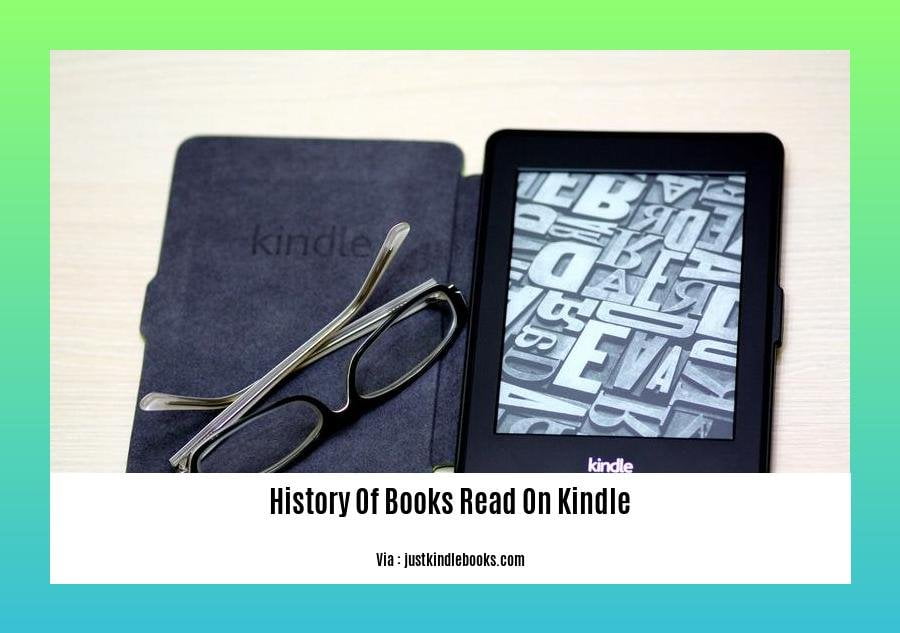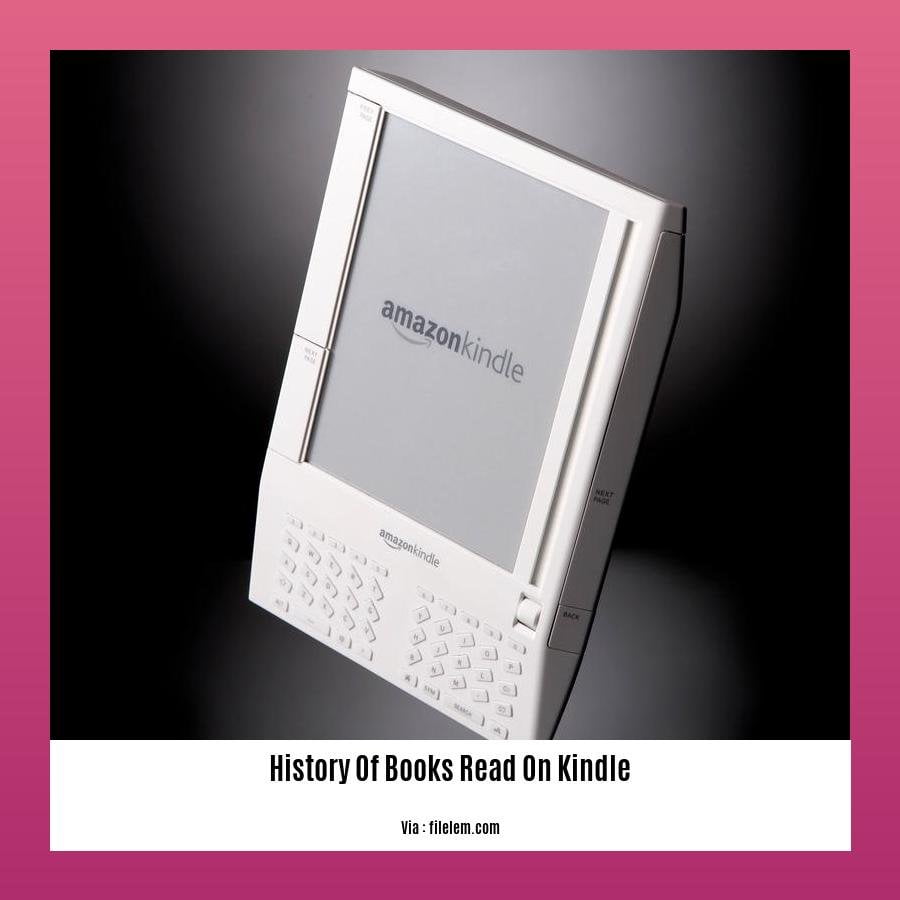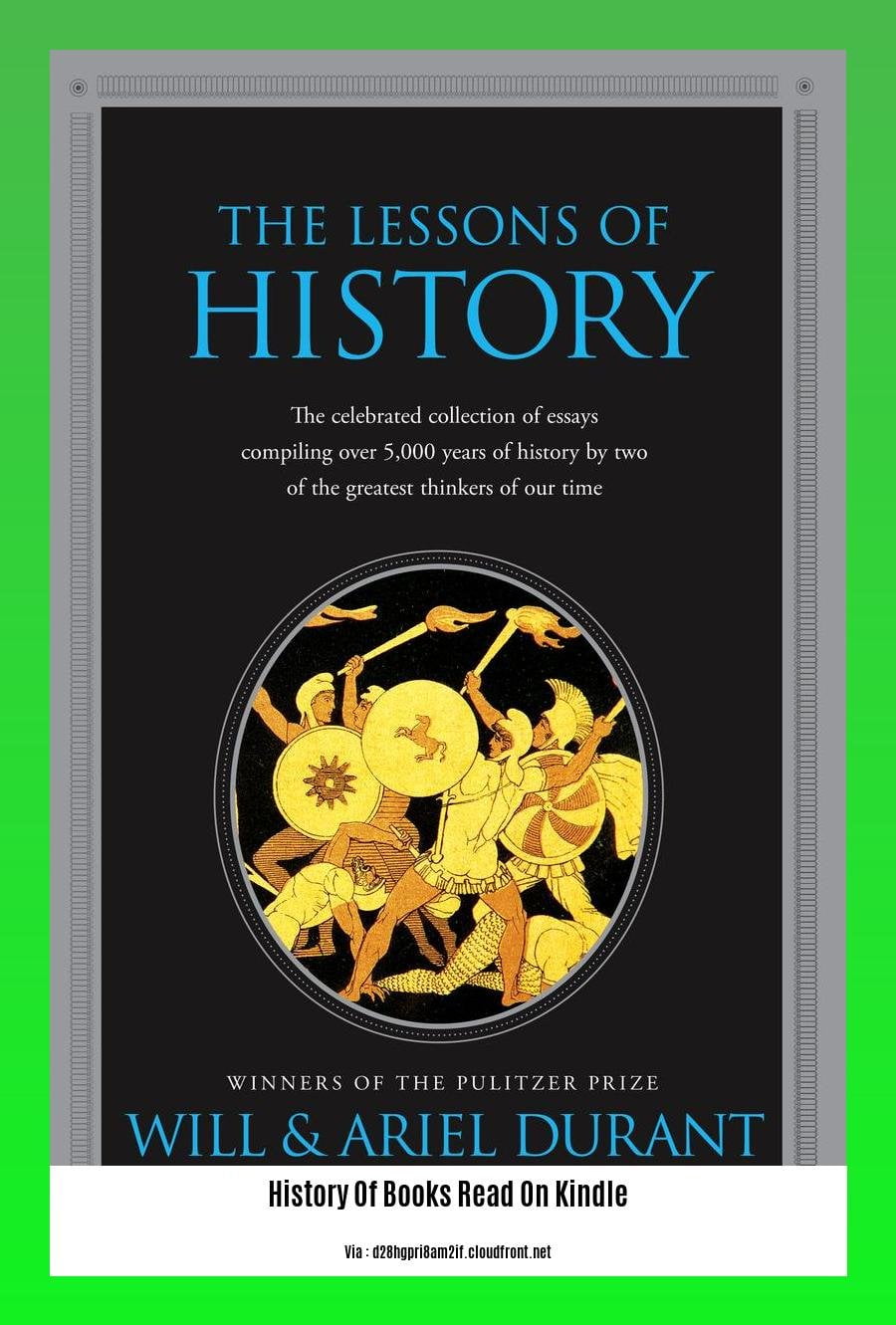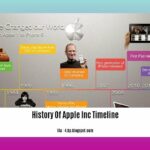The history of books read on Kindle is a testament to the transformative power of digital technology. Amazon’s Kindle, first introduced in 2007, has revolutionized the way we access and engage with books. With its lightweight design, vast library, and advanced reading features, Kindle has become an indispensable tool for book lovers worldwide, ushering in a new era of digital reading.
Key Takeaways:
- Kindle’s “Manage Your Content and Devices” feature allows you to access your Kindle Unlimited reading history and filter by loaned titles.
- Previously, history was visible under “Manage Your Content and Devices” > “Your Account.”
- Kindle Unlimited history only displays current loaned books.
- Third-party platforms like Goodreads can help track your reading history.
History Of Books Read On Kindle

Since its inception, the Kindle has revolutionized the way we purchase, read, and store books. The origins of the Kindle can be traced back to the 1990s when Jeff Bezos, the founder of Amazon, envisioned a device that would make it easier for people to read books electronically.
In 2007, the first Kindle was released, boasting a lightweight design, long battery life, and a high-contrast display that simulated the look and feel of paper. It quickly gained popularity, and by 2010, Amazon had sold over 1 million Kindles.
Over the years, the Kindle has undergone several upgrades and iterations, each bringing new features and improvements to the user experience. In 2010, Amazon introduced the Kindle DX, which featured a larger screen and longer battery life. In 2012, the Kindle Paperwhite was released, offering a high-resolution display with built-in lighting, making it ideal for reading in all lighting conditions.
The Kindle Voyage, released in 2014, introduced a new adaptive lighting system that automatically adjusts the screen brightness based on the ambient light. In 2015, Amazon launched the Kindle Oasis, which featured a sleek design, ergonomic form factor, and a larger 7-inch screen.
Today, the Kindle is a well-established and widely adopted e-reader. It has made reading more accessible and convenient than ever before, allowing users to carry their entire library of books with them wherever they go. The Kindle has also democratized access to books, making it possible for people in remote areas or with limited budgets to enjoy a wide variety of literature.
As the Kindle continues to evolve, it is likely that it will play an increasingly important role in the future of reading. With its user-friendly design, vast selection of books, and innovative features, the Kindle is well-positioned to remain the go-to device for avid readers worldwide.
Delve into the fascinating history of books and explore the captivating timeline of their evolution. Discover the untold History of Books And Reading and unravel the intriguing History of Bookshelves. Learn about the History of Books Of The Bible and uncover the controversial History of Books Being Banned. Explore the History of Bookselling and delve into the captivating History Of Books Timeline.
Seine-
The Impact of Self-publishing and Indie Authors

Self-publishing has revolutionized the Impact of Self-publishing and Indie Authors industry, providing them with a greater opportunity to reach readers globally. By enabling authors to bypass traditional gatekeepers and directly interact with their audiences, self-publishing has democratized the writing world.
Key Takeaways:
- Self-publishing allows authors to retain control and creative freedom over their works.
- Self-published books now reach global audiences, contributing to literary diversity.
- Indie authors have access to broader markets, including rights for translations and adaptations.
- Self-publishing platforms empower authors to build direct relationships with their readers.
URL Sources:
- Publishers Weekly: 21 Book Publishing Statistics and Market Insights in 2023
- Writer’s Digest: 25 Years in INDIE Publishing: What’s Changed and What Remains the Same
The Future of Digital Reading
Key Takeaways:
- Digital reading is on the rise, as e-books and audiobooks become more popular.
- Digital reading devices offer convenience, portability, and access to a vast collection of titles.
- Digital literacy is crucial for navigating the digital reading landscape and maximizing its benefits.
The Dawn of Digital Reading
The advent of digital reading devices, like the Kindle, has revolutionized our relationship with books. These devices have brought about a paradigm shift in the way we access, consume, and engage with literature. The convenience of carrying an entire library in the palm of your hand has made reading more accessible and enjoyable than ever before.
The Evolution of the Kindle
Over the years, the Kindle has undergone significant advancements in technology and design. The first Kindle, released in 2007, featured a lightweight design and a high-contrast display, providing a comfortable reading experience. As technology evolved, the Kindle Paperwhite introduced built-in lighting, allowing readers to indulge in their books even in dimly lit environments. The Kindle Voyage brought adaptive lighting, adjusting the screen brightness based on ambient light conditions. Today, the Kindle Oasis stands as a testament to the relentless innovation in digital reading, with its sleek design, expansive 7-inch screen, and unparalleled battery life.
The Impact of Digital Reading
The rise of digital reading has had a profound impact on the way we consume books. E-books are generally more affordable than physical books, making them more accessible to a wider audience. The portability of digital reading devices allows readers to carry their entire library wherever they go, eliminating the need for bulky and space-consuming physical bookshelves. Moreover, digital reading reduces the environmental impact of paper production, promoting sustainability in the publishing industry.
The Future of Digital Reading
The future of digital reading is brimming with possibilities. As technology continues to advance, we can expect to see even more innovative features and enhancements in digital reading devices. The integration of artificial intelligence, personalized recommendations, and immersive audio experiences are just a few of the potential innovations that could shape the future of digital reading.
Digital Literacy for the Future Reader
As digital reading becomes more prevalent, digital literacy becomes an essential skill for fully embracing the benefits of this technological revolution. This includes the ability to navigate digital reading devices, search for and download e-books, and critically evaluate digital content. By fostering digital literacy, we can empower readers to fully participate in the transformative world of digital reading.
Relevant URL Sources:
- The Pew Research Center: Book Readers in the Digital Age
- Digital, Data, and Design Institute at Harvard: Beyond E-Books: The Rise of the Digital Ecosystem of Reading
FAQ
Q1: When was the first Kindle released?
A1: The first Kindle was released on November 19, 2007.
Q2: What were the key features of the original Kindle?
A2: The original Kindle featured a 6-inch screen, a built-in wireless connection, and the ability to store up to 200 books.
Q3: How has the Kindle evolved over the years?
A3: The Kindle has evolved over the years with new features such as a backlit screen, a longer battery life, and a wider selection of books available for purchase.
Q4: What is the impact of Kindle on the publishing industry?
A4: The Kindle has democratized the publishing industry by making it easier for self-published authors to reach readers.
Q5: What is the future of the Kindle?
A5: The future of the Kindle is bright, as it continues to evolve and adapt to the changing needs of readers.
- Unlock Water’s Symbolism: A Cross-Cultural Exploration - April 20, 2025
- Identify Black and White Snakes: Venomous or Harmless? - April 20, 2025
- Unlocking Potential: Origins High School’s NYC Story - April 20, 2025















